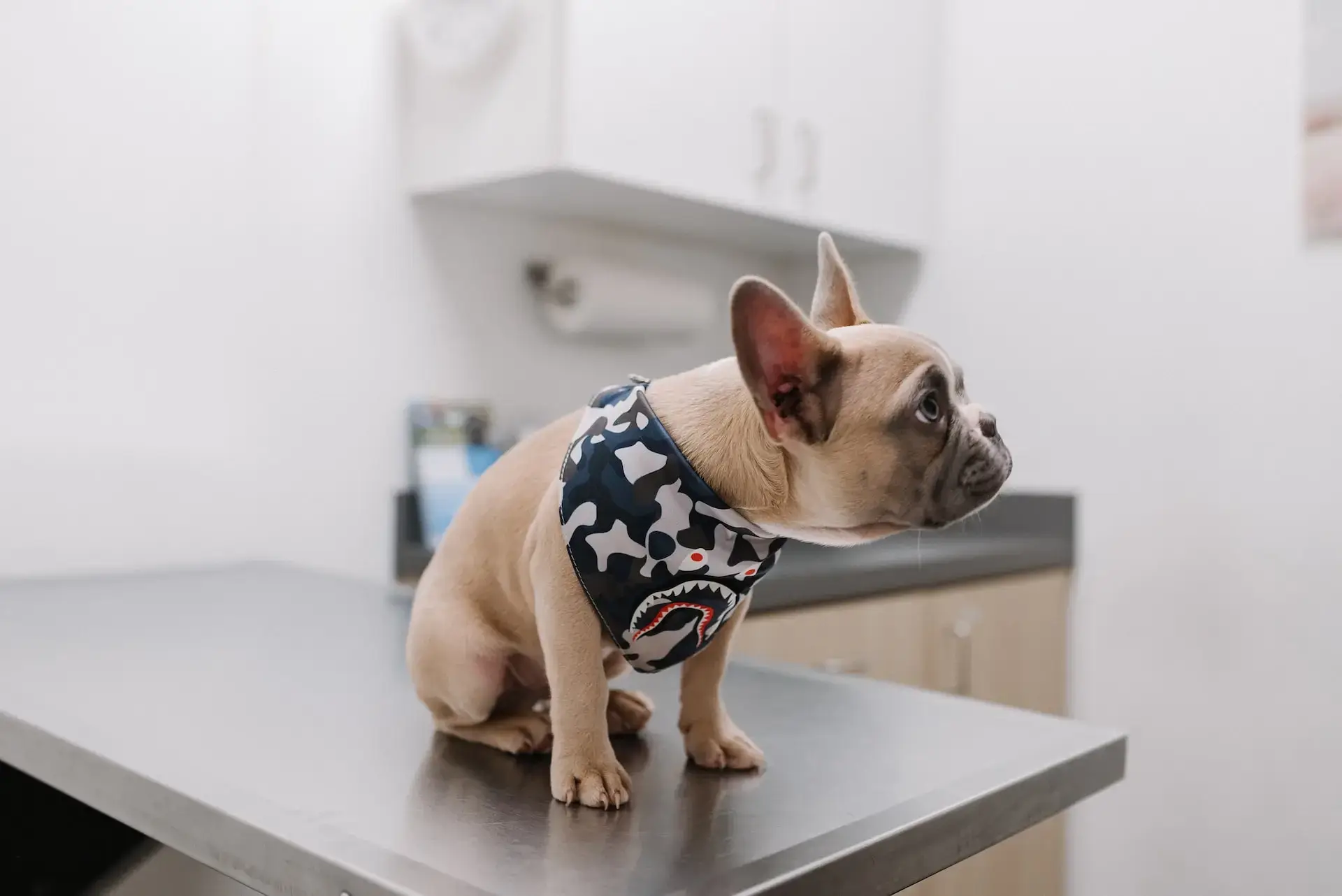Do you like swimming? If so, you probably love the hot weather. It’s always refreshing to cool down on a scorching day by having a dip in the pool. Swimming is also a favorite pastime for some of our canine companions. However, while some pups are natural swimmers, Fido must learn how to swim. Continue reading for advice from a local Longwood FL veterinarian on teaching your canine buddy how to swim.
What Is the Best Age for Teaching a Dog to Swim?
As a general rule, around four months is a suitable age. By then, Fido probably has decent command of all those legs and understands the fundamentals of being a dog. This is also the socialization period, which is when you should introduce your furry friend to new experiences. If you wait too long, your dog may become scared of the water. If you try too soon, little Fido may not be strong enough to learn to swim safely.
Of course, if your dog has any health concerns, follow your veterinarian’s advice. If Fido has recently been spayed or neutered, wait until he or she has fully recovered.
Can You Teach an Older Dog to Swim?
Even older canines can learn to swim safely. Swimming may be an excellent workout for senior dogs. As you may be aware, arthritis is quite common in older dogs. Swimming can be a fantastic aerobic exercise for Fido. It gives him cardio, which is great for his heart, lungs, muscles, and circulation, but is still very gentle on his bones and joints. It’s also a perfect way for your pup to cool off on hot summer days!
However, you do not want to force it. You should also take some extra measures with senior canines. For example, older animals are more sensitive to temperature changes. They will also get tired faster than younger canines. Ask your vet for tips on this.
Can All Dogs Naturally Swim?
Not necessarily. Most dogs can master the basic doggy paddle or learn to navigate in the water while using a flotation device. This does not guarantee that they can swim safely, though. For example, puppies with long spines and/or short legs, such as Corgis and Dachshunds, cannot steer properly in water and can quickly get into trouble. Toy breeds, such as Pomeranians, often struggle even in shallow water. Some of these guys are over their heads in just a few inches of water! Brachycephalic puppies, such as bulldogs and pugs, are in grave danger of drowning due to their small airways. Also, many huge dogs and certain elderly are just not cut out for it. Even pups that are generally excellent swimmers, such as Golden Retrievers, do not always enjoy the water. Fido may just not like it, especially if he’s had bad experiences.
What Dogs Are Best Suited for Swimming?
Many of our canine companions were first assigned tasks that required swimming. Many retrievers, for example, would return ducks and other games to their owners. In fact, some dogs have webbed feet and slick coats that aid them with this.
Here’s a list of pups who generally enjoy the water:
- Chesapeake Bay Retriever
- Standard Poodle
- Nova Scotia Duck Tolling Retriever
- English Setter
- Otterhound
- Curly-coated Retriever
- Boykin Spaniel
- Portuguese Water Dog
- Labrador Retriever
- Newfoundland
- Irish Water Spaniel
- Barbet
- Lagotto Romagnolo
- Irish Setter
- German Shorthaired Pointer.
- Brittany Cocker Spaniel
- Schipperke
Talk to your vet, and get some specific advice on this. Some pooches are just better off playing in a kiddie pool, which is, of course, always super cute to watch.
Get A Doggy Life Jacket
It’s a good idea to start Fido out with a doggy life jacket. This will provide buoyancy and stability, and just keep him safe. Helping your pet get used to wearing these is also a good idea just for safety reasons. If you ever take Fido fishing or camping near water, he would need to wear one anyway. Plus, doggy flotation devices can also make your pet feel more confident in the water.
Have your canine companion wear his life jacket around the home to get him used to it. Make sure it fits properly! (This can also make for a great photo opp!)
Getting Ready For The Big Day
You don’t want to just throw Fido into the water and expect him to figure things out. That is really dangerous! Even if your canine buddy eventually learns to do the doggy paddle, the experience may be traumatic for him. He may develop a lifelong fear of water, as well as a fear of you. That’s the last thing you want!
You’re better off to start slow. You’ll want to go somewhere shallow, ideally a spot with a moderate slope. A dog-friendly beach is OK. Choose a time when the water is at a pleasant temperature and somewhat smooth. Fido might not enjoy the experience if the water is cold or turbulent.Before bringing Fido swimming, go for a brief stroll. You’d want to warm him up a little. But be careful not to go overboard. You don’t want your dog to be worn out before his swim lesson even starts!
Fido’s Swim Lesson
When you’re ready to dip your toes—or, more specifically, your pet’s paws—into the water, proceed with caution. Talk to Fido in a soft voice. Going into the water with your furry friend is a good idea. This will help make Fido feel safe. You will also be able to help him in the water by holding him or clutching the handle of his life jacket.
Normally, we recommend using treats as encouragement throughout training. In this scenario, however, it’s better to stick to praise and congratulations until your furry student’s four paws are back on solid ground.
Once Fido has exited the water, rinse him off to remove any salt, sand, or chlorine from his fur.
Keep your pet on soft ground after his lesson. Your cute pet’s paws will be quite tender after swimming. Dogs’ toe beans, like human skin, become fragile and wrinkled when wet. After swimming, he may develop severe blisters and abrasions from jogging on hot or rough surfaces like sand or pool decks.
Pool Safety for Dogs
If you have a pool or are taking Fido to see someone who does, you should take some extra measures.
The first thing we recommend doing is showing your canine companion where the steps are. This is crucial! If Fido fell in while no one was looking, it may save his life! You want to make sure the knowledge actually sinks in, so take your time with this training and put your furry friend to the test. You may also wish to place an easily identifiable sign or marker near the pool stairs, such as a life preserver or potted tree.
Something else to consider when it comes to pools? The pool cover. Fabric coverings can be very dangerous. Many will not support Fido’s weight. However, your dog could mistake it for a solid surface and try to walk on it. That is extremely unsafe, as Fido would be in big trouble if it ripped under him and he fell in. Play it safe by keeping the pool fenced off while not in use.
The most important thing is never to let your canine companion be near water unsupervised. Even dogs that are skilled swimmers can panic and get into trouble if they slip in by accident. Follow the same swimming safety protocols you would with a young child.
Book An Appointment At Your Longwood, FL Pet Clinic
Do you have any questions concerning your dog’s health or care? Contact us, your local Longwood, FL pet hospital, at any time. We are devoted to providing excellent veterinary care and great customer service!






!Social Media Icons